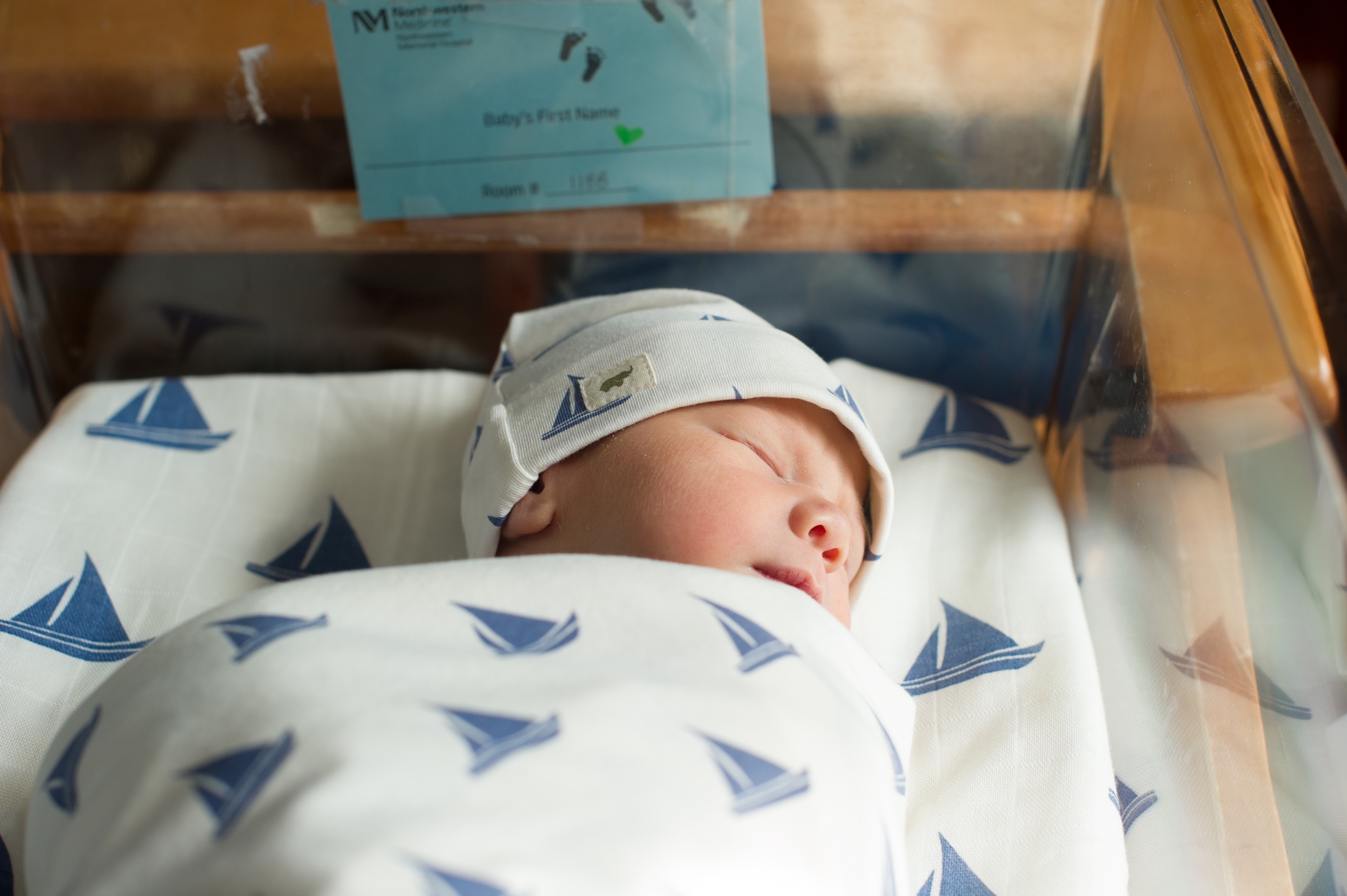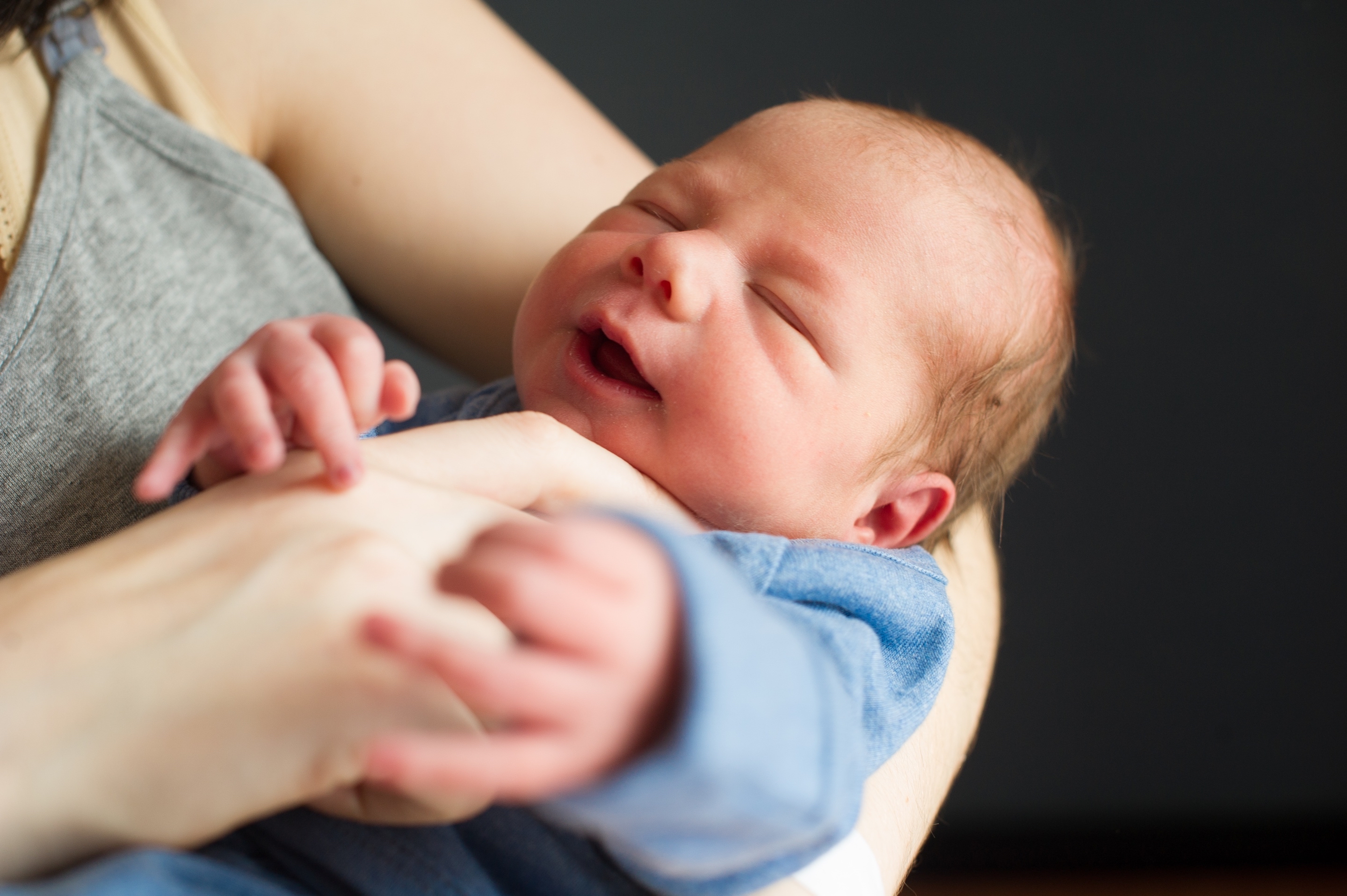Babyproofing 101: Everything You Need To Know

Even before your little one starts crawling, you’ll need to start babyproofing. Most babies begin crawling between 6-9 months, which means you should start thinking about babyproofing before then.
We turned to Dr. Payal Adhikari, a board-certified pediatrician at Child and Adolescent Health Associates and expectant parents teacher at Prentice Women’s Hospital in Chicago, to give us the 411 on everything you need to know to keep your little one safe.
Her advice for the first step? Start by getting on their level. Actually lower yourself onto all fours and look at things from your baby’s perspective. You’ll see a whole new world of things you never noticed before including cords, table legs and yes, dust balls (even the tidiest home will have them!). What catches your eye, will probably do the same for your baby… and may even end up in their mouth.
Baby proofing can seem like an overwhelming task, but in the age of next day deliveries, it doesn’t need to be. Here’s where to start:
1. Cover all Electrical Outlets
Close off all outlets with either a safety plug or safety cover. Either one will be effective in preventing little fingers from big shocks.
2. Install Baby Gates
A baby gate should go at both the top and bottom of all staircases. There are two different types of gates -- hardware mounted or pressure mounted -- and either one will work. When purchasing a baby gate, look for the Juvenile Products Manufacturers Association (JMPA) certification which guarantees the gate is at least 22-inches tall and the distance between the bottom of the gate and the floor is less than 3-inches (to avoid the risk of a head or neck getting stuck in the gap).
3. Lock All Cabinets
What lies behind cabinet doors can be extremely dangerous for exploring babies -- especially those in the kitchen and bathroom containing toxic cleaners. Purchase child-proof safety latches, straps, cords or magnets to lock all cabinets. You can also designate a “friendly” cabinet for your little one to play in. Fill it with items like plastic tupperware and wooden utensils that they can safely play with at any time.
4. Remove Choking Hazards
If it can’t fit inside a roll of toilet paper, it should be out of their reach at all times. Common household items like this include small dog or cat toys, magnets, loose change and office supplies.
5. Keep Poisons Far Away
This might seem self-explanatory, but you would be surprised by just how many items you have in your house that might be in reach of little hands. This includes everything from cleaning products to medications to insect repellents (hello, ant trap you hid behind the basement toile!). Also, certain plants can be extremely dangerous for children.
5. Do a Bath Check
First things first, you should never leave a baby or child alone in the bathtub. Once you've got that covered, there are a few simple things you can do to ensure your tub is a squeaky clean place. First, lower your water heater to 120 degrees F to avoid accidentally turning on the hot water. Second, get a non-slip mat to avoid any unnecessary slips. Last, make sure to cover that spout to provide a protective barrier.
In addition to baby proofing, this is a great time to remind parents and caretakers to review First Aid and CPR. Contact your local Red Cross or visit Heart.org to find certified classes near you.















